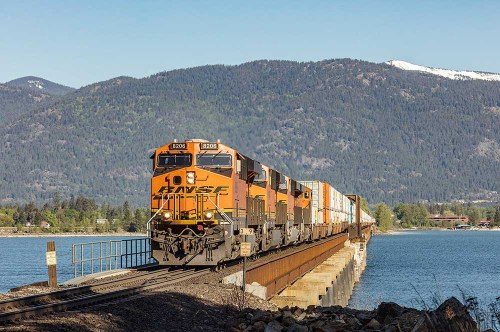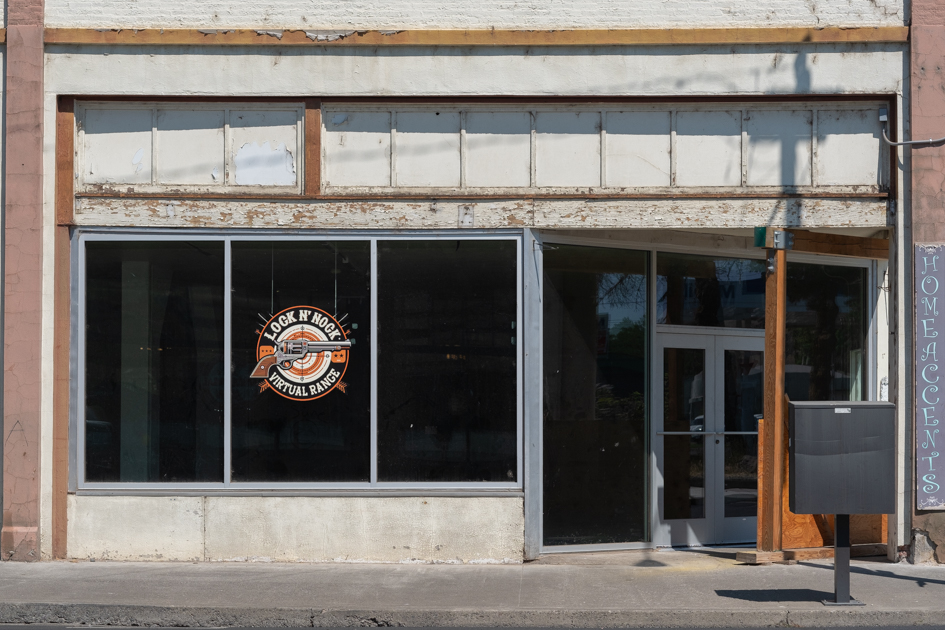New facility in S. Dakota will funnel more grain through Northwest
Published 9:30 am Thursday, February 23, 2023

- A BNSF Railway train crosses Lake Pend Orielle at Sandpoint, Idaho. A new grain-handling facility in South Dakota in the spring of 2023 will add to the demand for railcars headed to Portland and Puget Sound ports.
CHS Inc. is calling a new 1.1 million bushel grain facility, to be built this spring in South Dakota, a strategic location in its “Pacific Northwest corridor,” but at least one commodity group worries that it will add pressure on an already stressed rail link to the region’s ports.
The new facility will be built in southeast South Dakota. The main destination for the wheat from the facility is the Pacific Northwest for export, the company said.
Trending
The facility will feature “fast and efficient receiving and loadout capabilities” to bring area farmers “even more market access in the Pacific Northwest grain corridor and other important markets,” according to a press release.
“Grain from this facility will be shipped to the Pacific Northwest to be exported and also to domestic markets in California and Texas,” the company told the Capital Press in an email. “This is being built to meet the need of existing grain, but will also open up new opportunities for grain handling in that region.”
The facility is on the BNSF Railway line, the company said. BNSF did not respond to requests for comment.
“I’m sure it will be good for agriculture overall,” said Tim McGreevy, but he has worries about the railroad’s ability to handle more traffic.
The rail transportation picture is “still dismal,” with long delays getting pulse shipments to their destinations, he said.
Railroads inform him there is increased demand because the Mississippi River is running low due to drought. Those commodities now are moving from barges to rail, putting a squeeze on the pulse industry across the northern tier that relies on rail transportation, he said.
Trending
Traffic from the new CHS facility “probably won’t help,” McGreevy said.
“Right now, we’re fighting for (rail) cars as an industry,” he said.
The same farmers who raise pulses in the Upper Midwest will likely use the new facility for their grain, corn and soybeans, he said.
Asked the cost of the new facility, CHS replied, “This is a significant investment to increase market access for our farmer-owners.”
“We continue to reinvest in projects that bring even more value to our owners while expanding customer-focused retail solutions for area farmers,” Rick Dusek, executive vice president of CHS ag retail operations, said in the press release. “Our continued focus is on making investments on behalf of our farmer-owners that will strengthen rural America and help meet the growing demand for agricultural products and services.”









